Meet the Future Queens of Europe
The era of Queen Margrethe II has drawn to a close, leaving Europe without any reigning queens.
Yet, the future of monarchy appears decidedly female, with a lineup of poised and accomplished young women destined for royal thrones across the continent.
Who Is Queen Margrethe?
Queen Margrethe II is a member of Denmark’s royal family and is the second longest-reigning monarch in Danish history, after King Christian IV, who sat on the throne for 60 years.
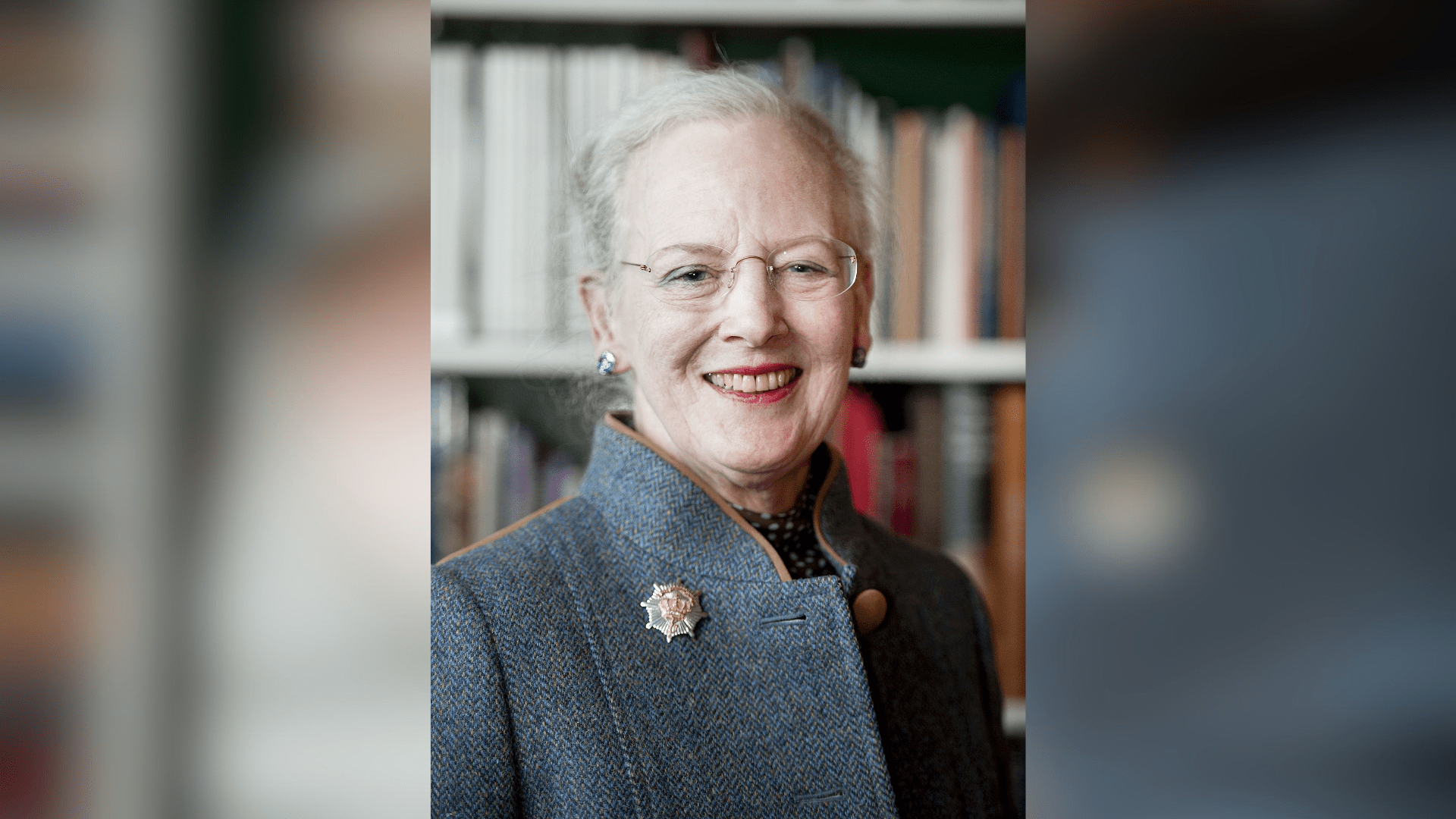
Johannes Jansson/Wikimedia Commons
Due to a 1953 change to Denmark’s constitution, Margrethe became the heir apparent to her father. She took over the throne in 1972, reigning for exactly 52 years until her departure on January 14, 2022.
Why Did Queen Margrethe Abdicate?
Queen Margrethe left the throne willingly in an act of abdication. She announced her abdication in a televised annual New Year’s Eve address on December 31, 2023.

Bill Ebbesen/Wikimedia Commons
The former Queen cited the fact that time had finally begun to catch up with her, and a growing number of physical ailments were likely going to impede her ability to carry out official duties in the future. She says that a substantial back surgery in February 2023 made her begin to reappraise her role as Queen, and decide it was time to move on. Let’s look at the numerous women in-line for thrones in European monarchies.
What Was Queen Margrethe Famous For?
Besides being the second longest-reigning monarch in Danish history, Queen Margrethe was famous for many other things, including being the first female monarch of Denmark in over five centuries.
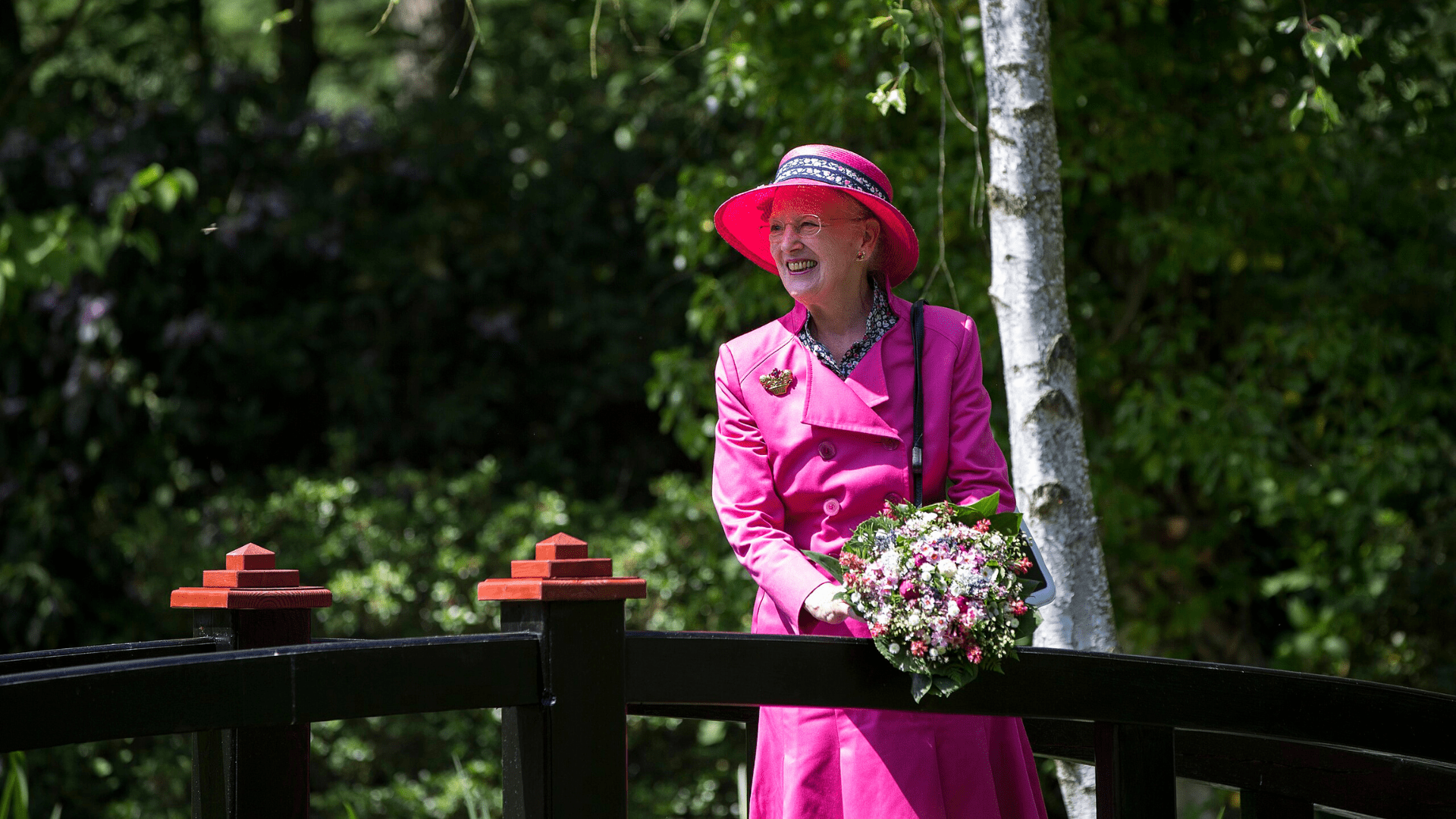
Further, her reign has been celebrated for its stability, which earned her the admiration of the Danish people and others around the globe. The ex-Queen is also very famous for her artistic prowess. She studied at the Royal Danish Academy of Fine Arts and has created many impressive illustrations and paintings throughout the years.
Crown Princess Victoria of Sweden
Leading the pack is Crown Princess Victoria of Sweden, who assumed her role as the heir to the Swedish throne before her third birthday, making her the first in line since 1980.
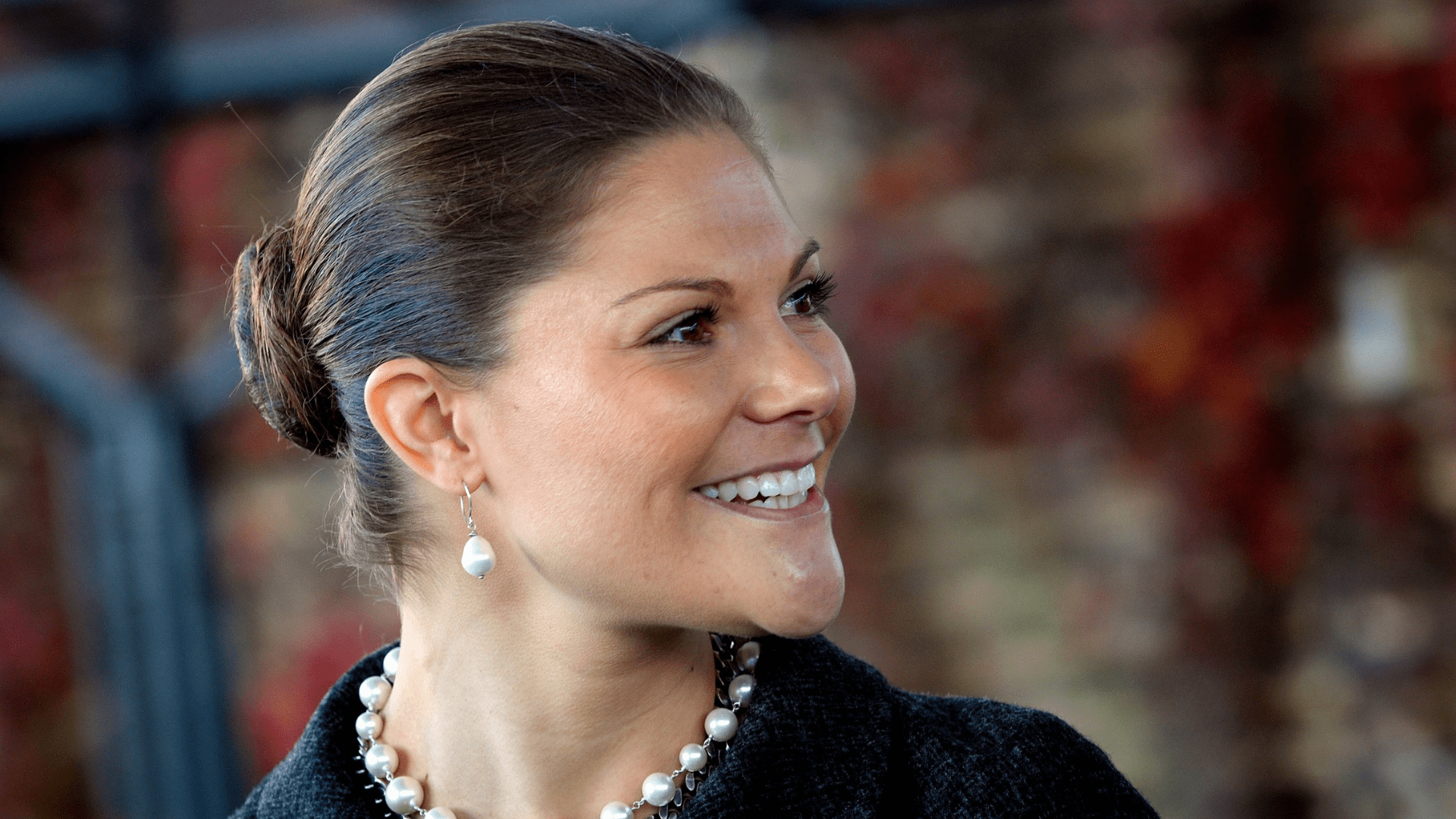
Baltic Development Forum/Wikimedia Commons
Victoria is no stranger to the responsibilities that come with royalty. Engaging in a range of duties, she places a strong emphasis on environmental and sustainability issues, particularly those concerning the sea, fishing, and climate change. Beyond that, her involvement extends to foreign affairs and peacekeeping initiatives.
Victoria of Sweden's Many Achievements
Victoria of Sweden has amassed a list of noteworthy accomplishments throughout her life. As the heir apparent to the Swedish throne, she holds significant ceremonial and representational duties. In a break with tradition, Victoria underwent military training, becoming the first female heir to the throne to do so.

IAEA Imagebank/Wikimedia COmmons
What’s more is that she’s an advocate for various social issues, actively supporting children’s rights, public health, and gender equality. Further, she’s a global ambassador for the United Nations Sustainable Development Goals, focusing on water and sanitation. Her commitment to sustainability and environmental protection aligns with her role as a supporter of the SDGs.
Crown Princess Victoria’s Family
In 2010, Crown Princess Victoria married Daniel Westling, and the couple now has two children, Princess Estelle (born in 2012) and Prince Oscar (born in 2015).
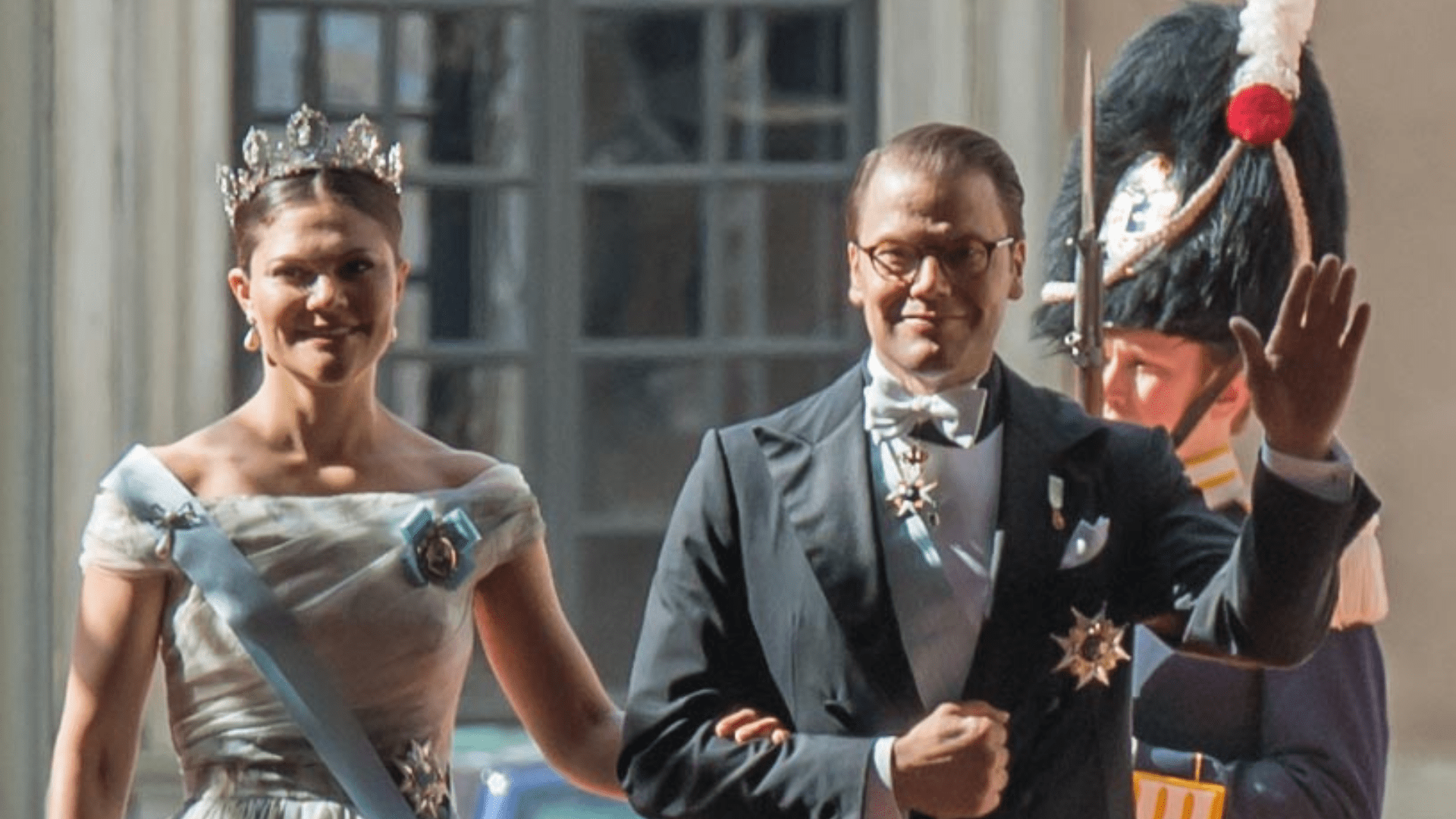
Frankie Fouganthin/Wikimedia Commons
Princess Estelle follows closely in her mother’s footsteps as the second in line to the Swedish throne.
Princess Elisabeth, Duchess of Brabant
Princess Elisabeth of Belgium, born in 2001, assumes a unique position as the Duchess of Brabant, heir apparent to the Belgian throne.
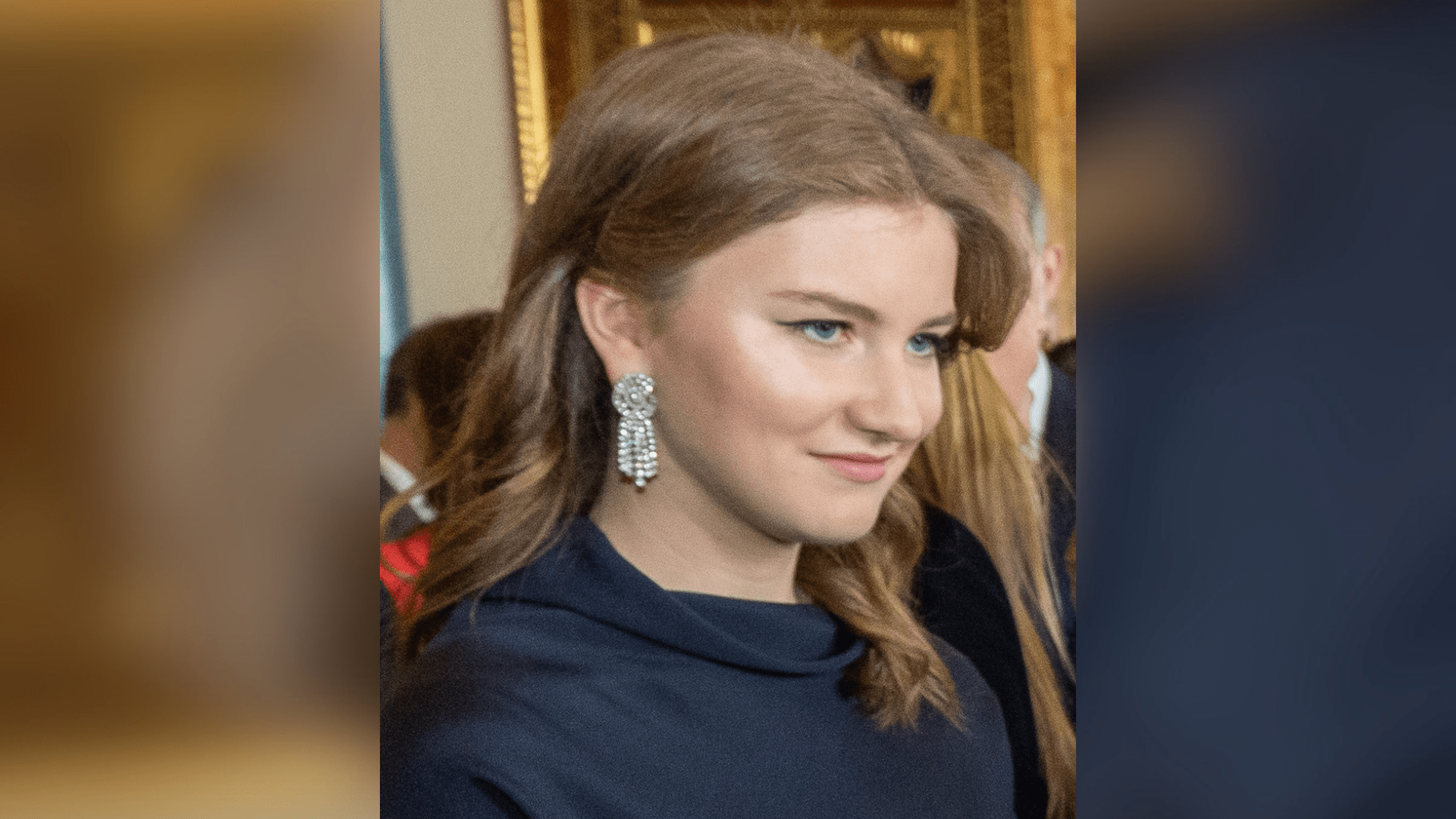
Ian Jones/Wikimedia Commons
Raised in a multilingual environment, she is fluent in Dutch, French, German, and English. Currently pursuing studies in history and politics at Lincoln College, Oxford, Elisabeth combines her educational pursuits with military training.
First Reigning Queen of the Belgians
While she is not heavily involved in public engagements at this stage, Princess Elisabeth attends significant family events and solo engagements.
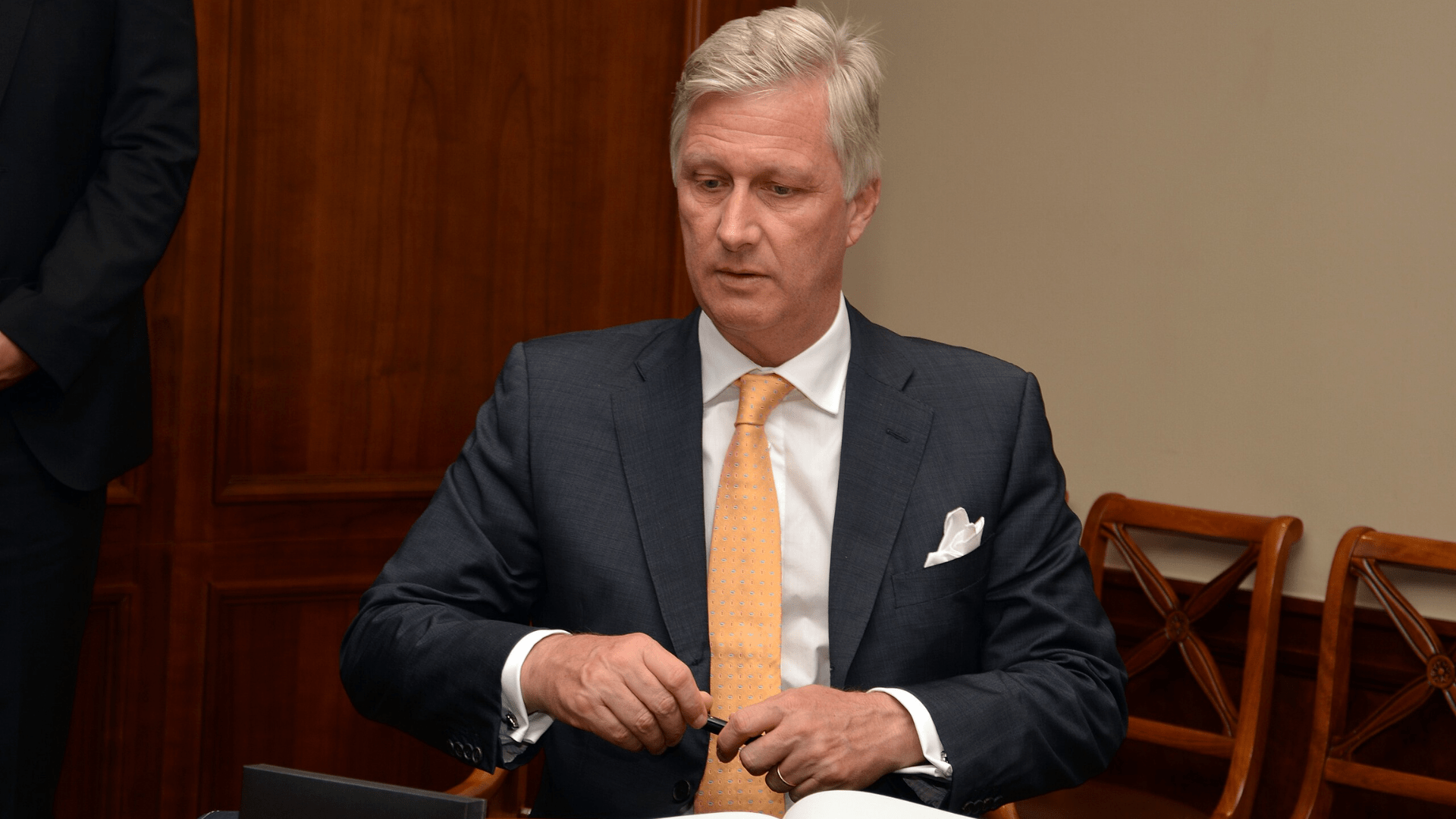
World Trade Organization/Wikimedia Commons
Upon succeeding her father, King Philippe, she will become the first reigning Queen of the Belgians.
Princess Elisabeth's Many Achievements
Princess Elisabeth has achieved quite a bit for her age and position within the Belgian royal family. In 2020, she enrolled at the Royal Military Academy, marking her commitment to military training and mirroring similar steps taken by other European royal heirs.
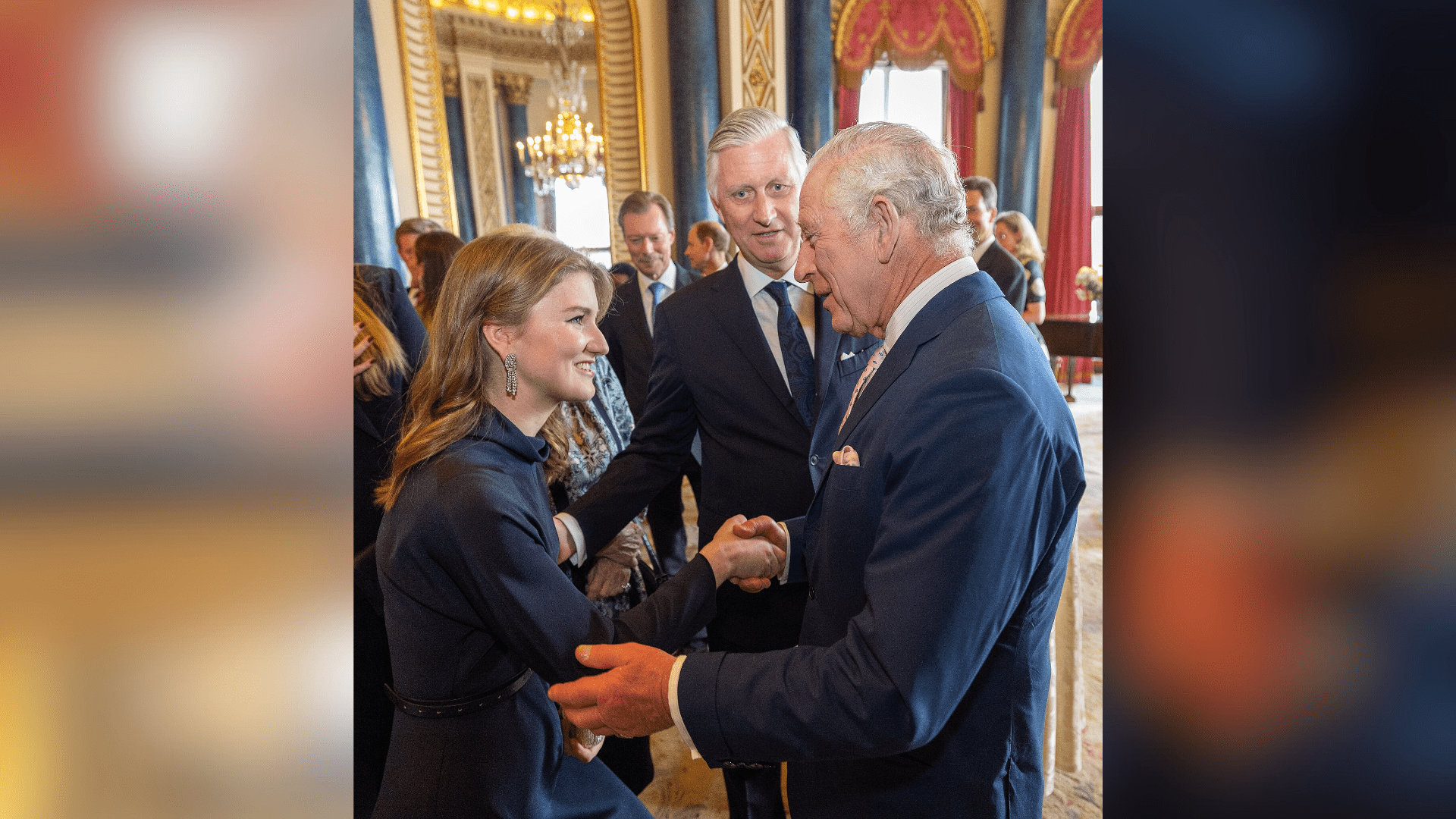
Ian Jones/Wikimedia Commons
Her education has been characterized by a focus on multilingualism and a broad curriculum, reflecting her preparation for future leadership. Elisabeth’s involvement in charitable activities includes her support for causes related to mental health and well-being.
Princess Catharina-Amalia, Princess of Orange
Hailing from the Netherlands, Princess Catharina-Amalia holds the title of Princess of Orange, marking her as the future queen.
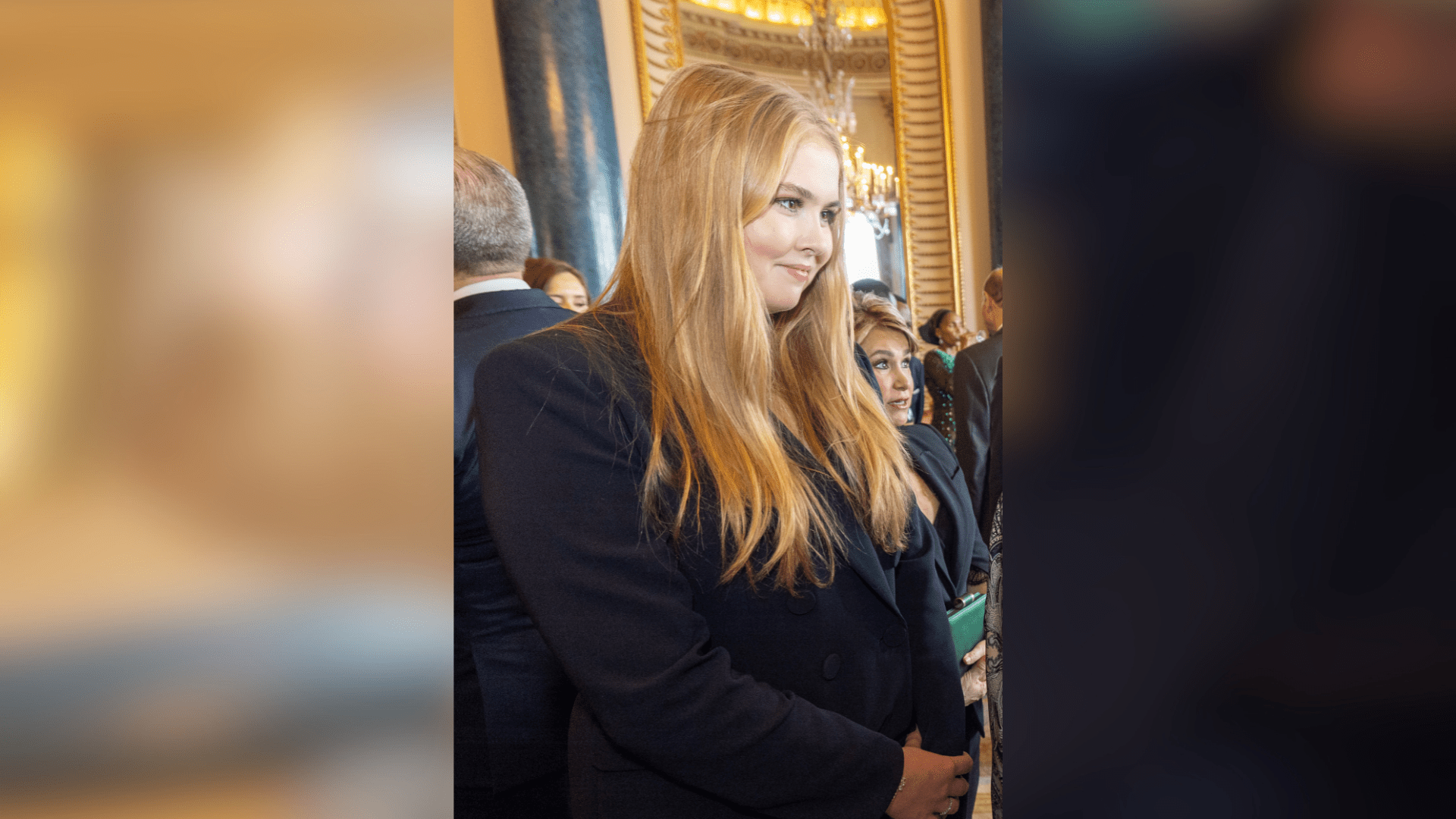
Ian Jones/Wikimedia Commons
Born in 2003 to King Willem-Alexander and Queen Máxima, she became the first-in-line and Princess of Orange in 2013 when her grandmother Beatrix abdicated.
Princess Catharina-Amalia's Many Achievements
Despite her young age, Princess Catharina-Amalia has numerous notable accomplishments. Her education is a significant focus, attending the Christelijk Gymnasium Sorghvliet in The Hague. She is known for her linguistic abilities, and is fluent in Dutch, English, and Spanish.
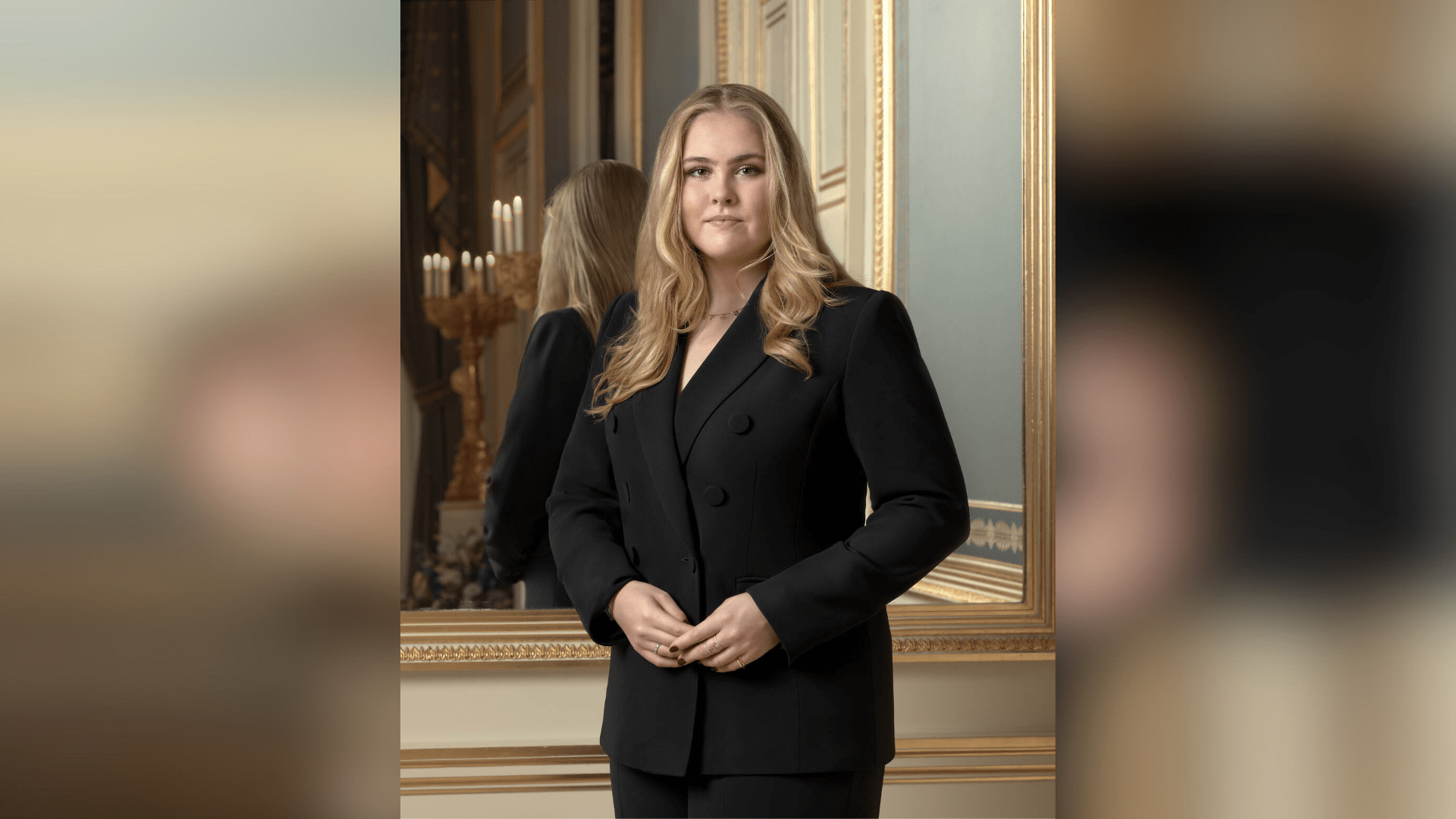
Gemmy Woud-Binnendijk/Wikimedia Commons
Amalia has also expressed a keen interest in social issues, supporting initiatives related to mental health and societal challenges. She’s spoken candidly in public about her own mental health struggles and her work with a therapist. She has also routinely supported LGBTQIA+ issues.
Continuing the Tradition of Dutch Queens
Currently pursuing a Bachelor’s degree in Politics, Psychology, Law, and Economics at the University of Amsterdam, Catharina-Amalia does not carry out official duties but participates in significant royal events.
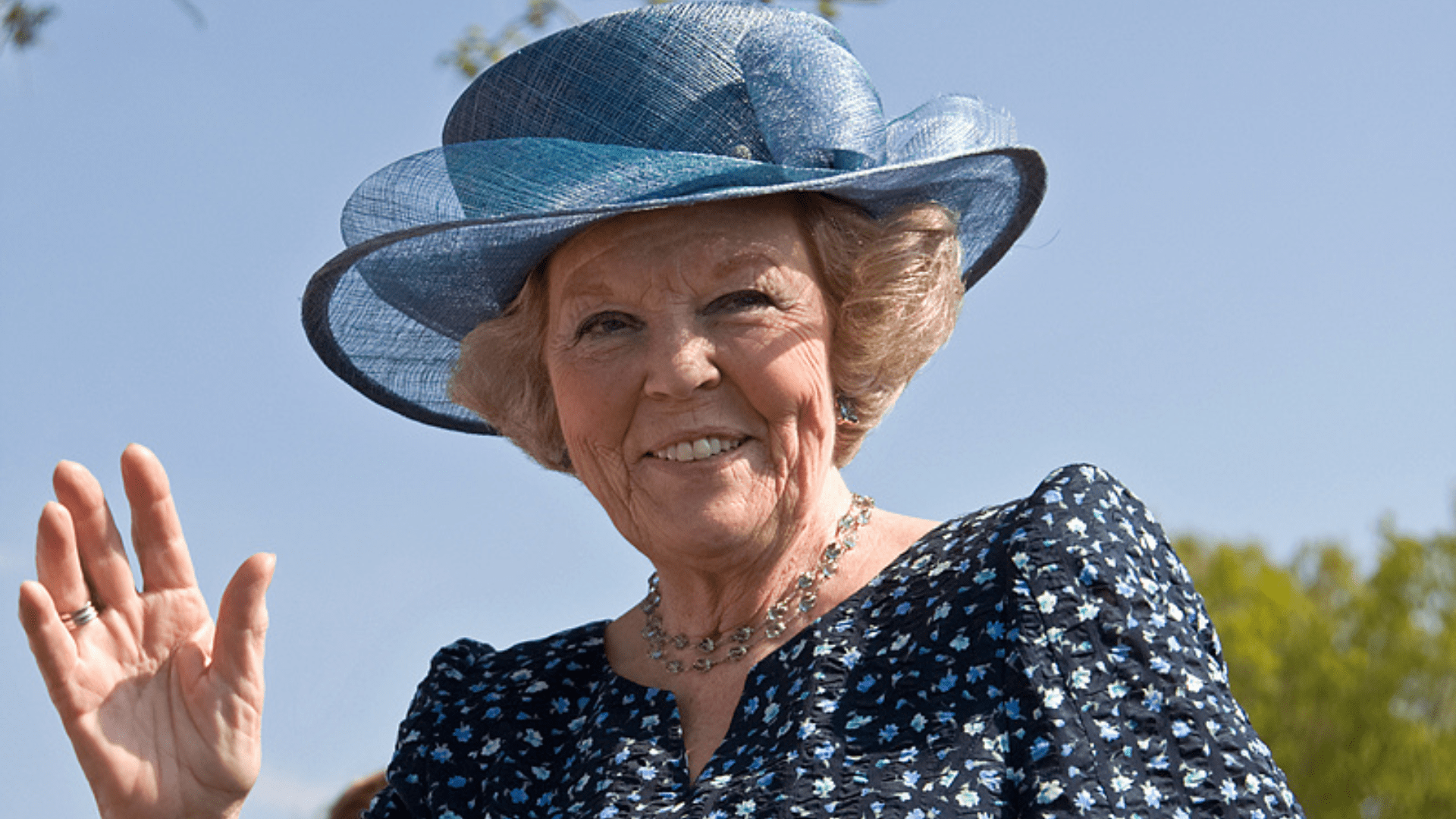
Emiel Ketelaar/Wikimedia Commons
Her eventual ascension to the throne will continue the Dutch tradition of queens, following in the footsteps of her grandmother and ancestors.
Princess Ingrid Alexandra of Norway
Princess Ingrid Alexandra, born in 2004, represents the future of Norwegian monarchy. While not yet the direct heir, she will be Norway’s first modern queen under absolute primogeniture succession laws. Ingrid Alexandra, known for her passion for surfing, participates in major family events and engagements related to her interests.

Aeltegop/Wikimedia Commons
Turning 18 in 2022, she celebrated with gala dinners and festivities alongside fellow heirs. In 2024, she is set to embark on a one-year stint with the Engineer Battalion in Brigade Nord. Currently second-in-line, Princess Ingrid Alexandra embodies the evolving face of Norwegian royalty.
Princess Ingrid Alexandra's Notable Accomplishments
Princess Ingrid Alexandra of Norway, the eldest child of Prince Haakon and Princess Mette-Marit, is only 20 years old, but she’s made some waves in her young life.
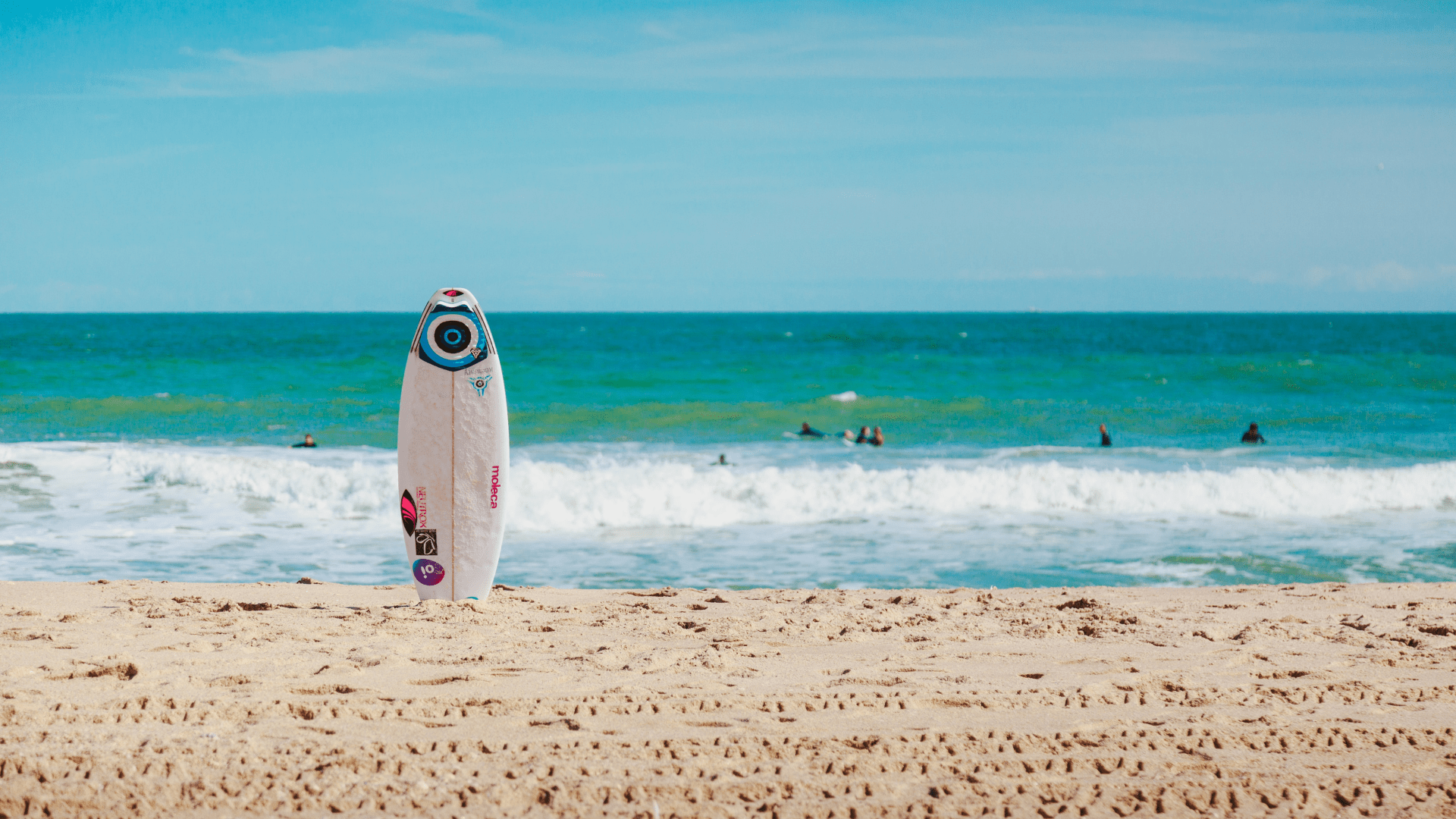
Lacie Slezak/Unsplash
She won the gold medal at the juniors Norwegian surfing championship at the age of 18. Further, in 2020 she was awarded the Grand Cross of the Royal Norwegian Order of St. Olav. She began secondary school in August 2022 at Elvebakken Upper Secondary School.
Princess Leonor, Princess of Asturias
Spain’s Princess Leonor, born in 2005, holds the distinction of being the youngest among Europe’s future queens. Recently celebrating her 18th birthday, she pledged allegiance to the Spanish Constitution and her father, King Felipe. Initially an Infanta, she assumed the title of Princess of Asturias in 2014, inheriting several other titles associated with the heir to the Spanish throne.

Pool Moncloa/Wikimedia Commons
As the heiress presumptive to the throne, Princess Leonor navigates her path through military training and major engagements. Her future role as the first Spanish queen since 1868 awaits her, making her a symbol of Spain’s evolving monarchy.
Princess Leonor's Accomplishments
Princess Leonor was educated at Santa María de los Rosales School and later studied as an International Baccalaureate at the UWC Atlantic College in Wales. In 2023, she joined the General Military Academy to start a 3-year military education.
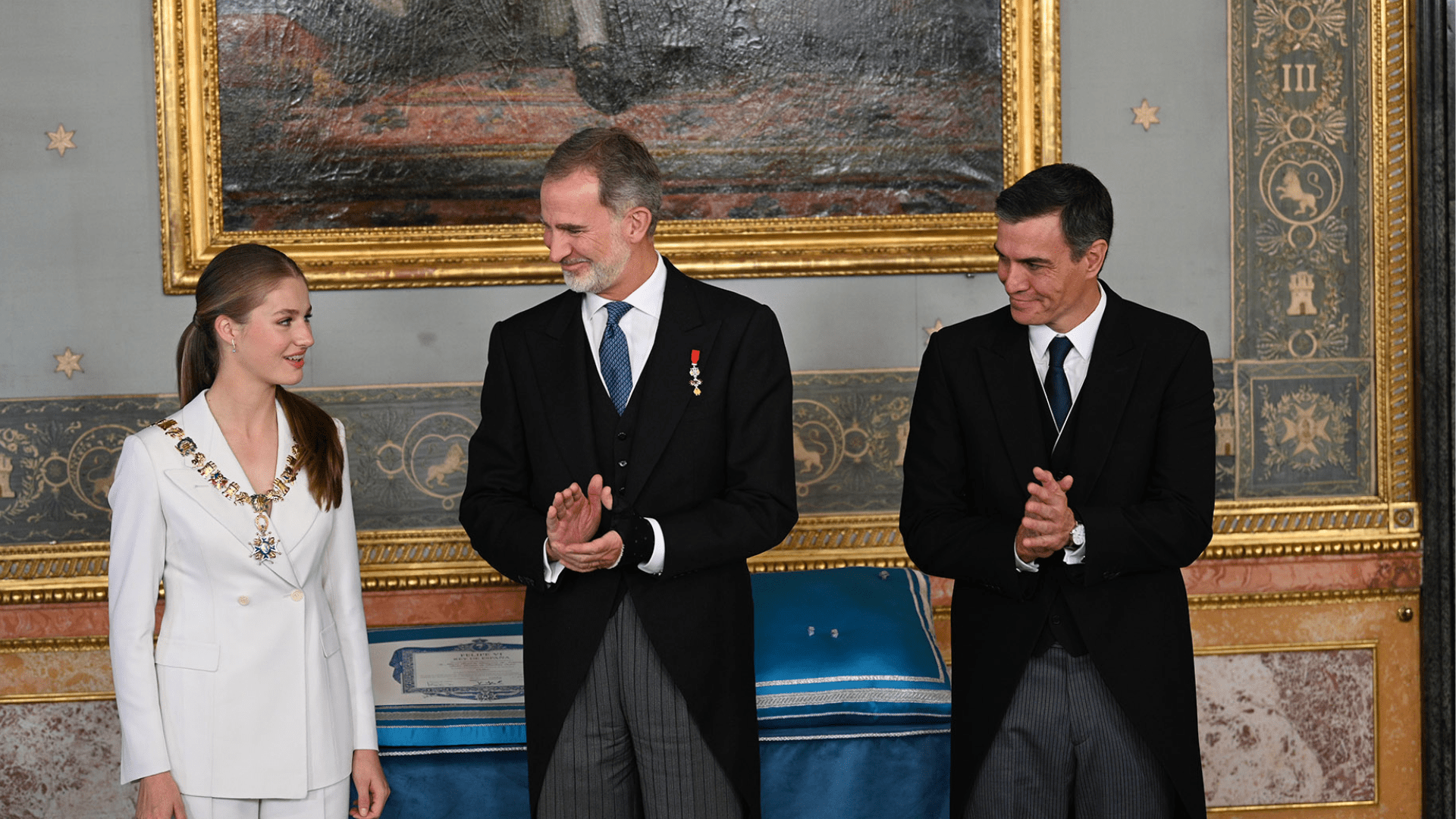
Pool Moncloa/Wikimedia Commons
Leonor has been decorated with numerous awards in her young life, including the Gold Medal of the Congress of Deputies, the Gold Medal of the Senate, and the Gold Medal of the Community of Madrid.
An Era of Transition
In this era of transition, these young women embody the changing face of European royalty, carrying with them the legacy of their nations while charting new territories.

Edward Howell/Unsplash
As they prepare to ascend to their respective thrones, the world watches with anticipation, witnessing the evolution of monarchy into a more inclusive and diverse institution.
Who Was the First Queen of Modern Europe?
Isabella I of Castile ruled from 1474 until her death in 1504. She is best remembered for unifying modern-day Spain through the merger of the earlier polities of Castile and Aragon.
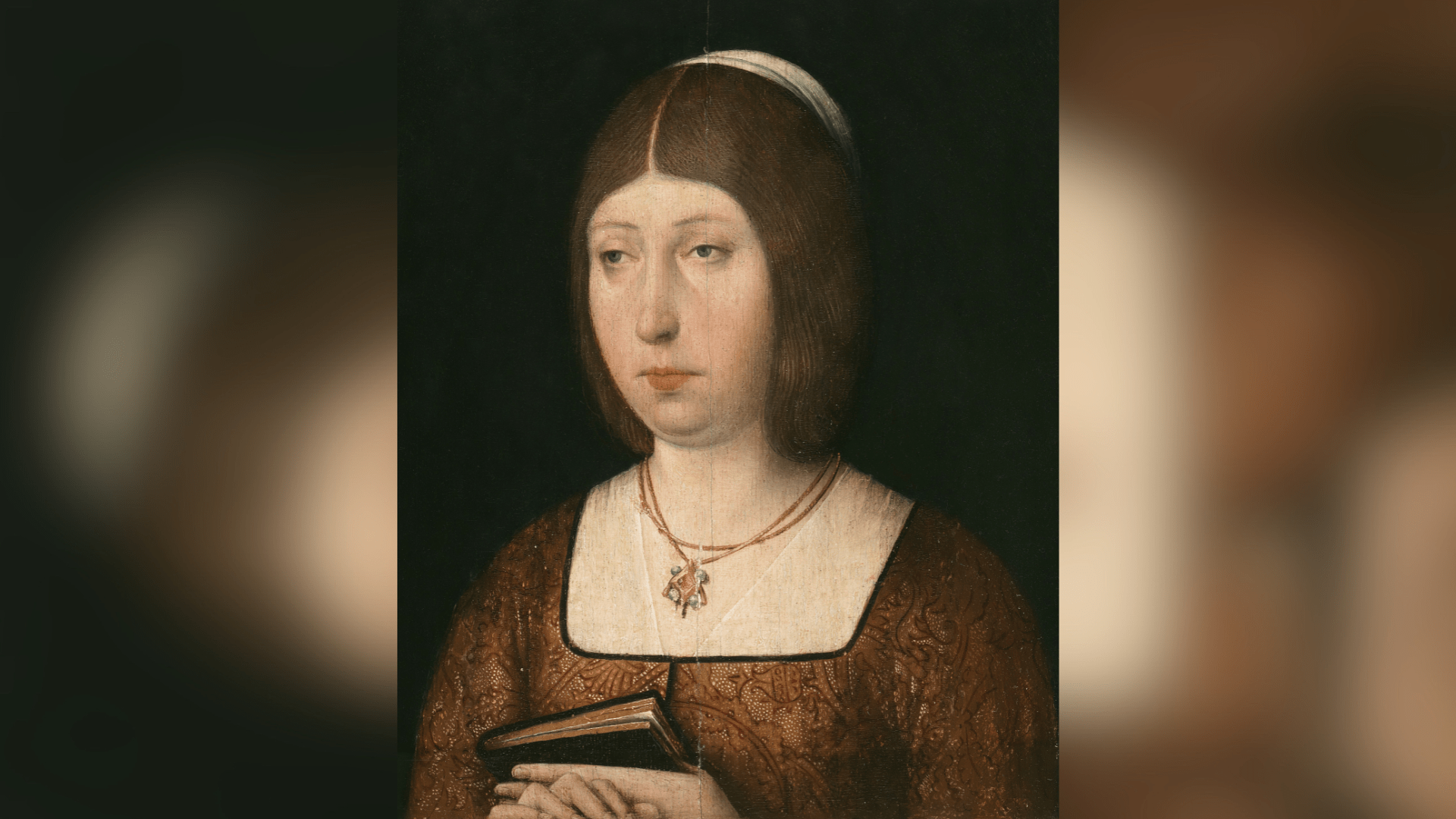
Museo del Prado/Wikimedia Commons
Isabella also provided crucial support to Christopher Columbus, who sought her sponsorship for his westward journey to find a new route to Asia, which resulted in the discovery of the Americas. She was also a patron of the arts and contributed to the Spanish Renaissance.
Who Was the First Queen of England?
Mary I of England was the daughter of King Henry VIII and his first wife, Catherine of Aragon. She ruled England from 1553 until her death in 1558 and was the first female ruler of England.
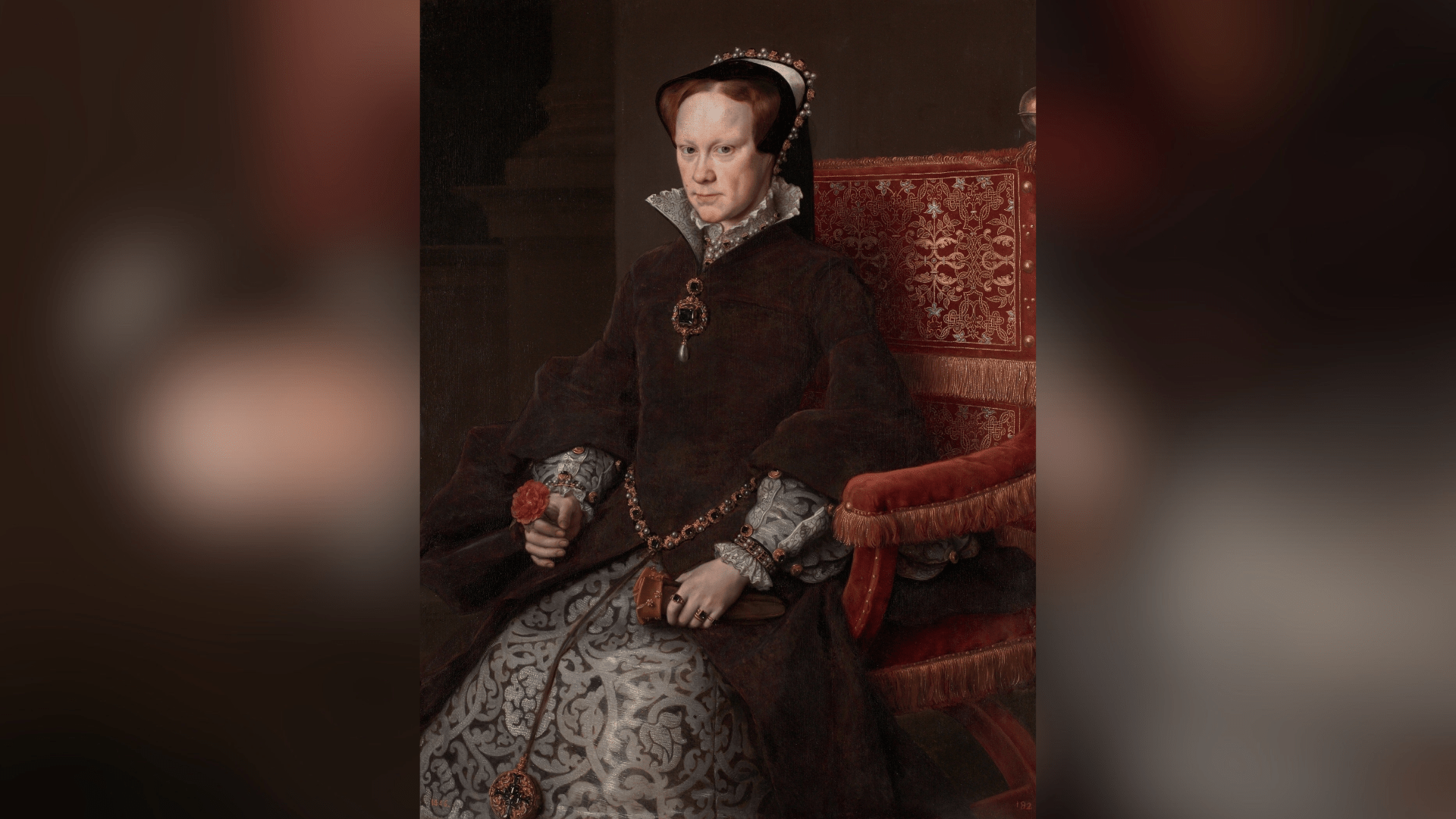
Museo del Prado/Wikimedia Commons
Mary I was nicknamed “Bloody Mary” for her brutal efforts to restore Roman Catholicism in England, which resulted in the execution of many Protestants. However, she has recently been recast in a more positive light, as she faced economic difficulties, a failed war, and internal revolts during her reign.
How Many Female Leaders Have There Been Since 1960?
Since 1960, 59 countries have experienced the unique power of having a woman at the top of the executive ladder. A total of 77 incredible women have shattered that glass ceiling, taking on the most influential roles in their nations.
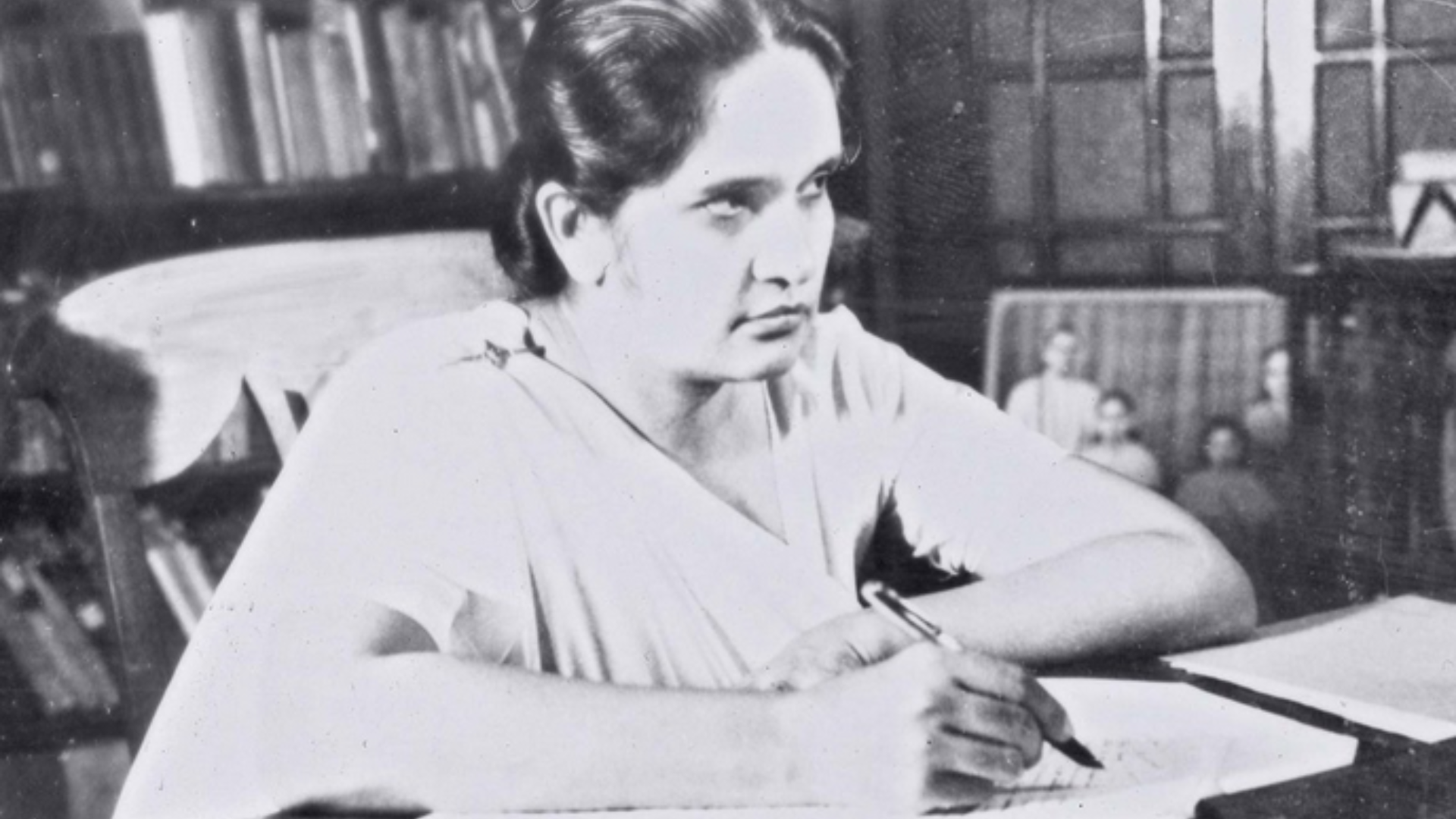
United Press International/Wikimedia Commons
Sirimavo Bandaranaike rocked Sri Lanka as the first female Prime Minister in 1960. Now, the women’s march to the highest echelons of power is gaining momentum, especially over the past 15 years. As of the start of 2023, 15 countries proudly see women steering the ship, with Italy and Honduras celebrating their maiden female presidents in 2022.
Famous Female Rulers of Europe: Eleanor of Aquitaine
Eleanor of Aquitaine was born around 1122 and was one of the most powerful and influential women in medieval Europe. She inherited the vast Duchy of Aquitaine in southwestern France, which made her a highly sought bride.
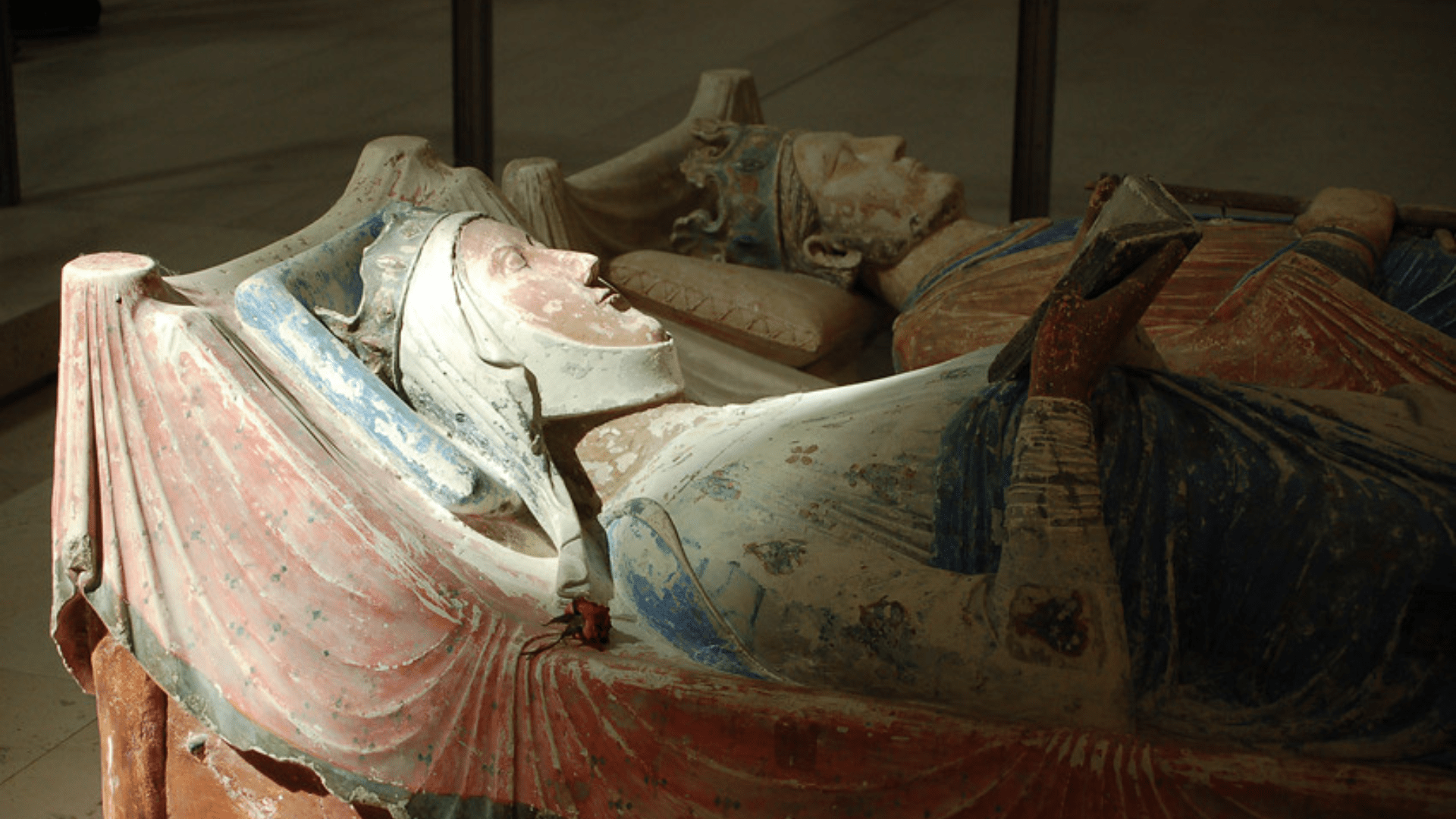
ElanorGamgee/Wikimedia Commons
Eleanor played a significant role in the political and cultural life of both France and England, as she was married to kings of both countries. She was the mother of renowned kings, including Richard the Lionheart and John Lackland. Eleanor actively participated in the administration of the Angevin Empire, and during Henry II’s absences, she acted as regent.
Famous Female Rulers of Europe: Elizabeth I of England
One of England’s most iconic monarchs, Elizabeth I reigned as Queen of England and Ireland from 1558 until her death in 1603. Elizabeth I is often referred to as the “Virgin Queen” or “Gloriana” and is renowned for her political acumen, resilience, and the Elizabethan Era’s cultural flourishing.
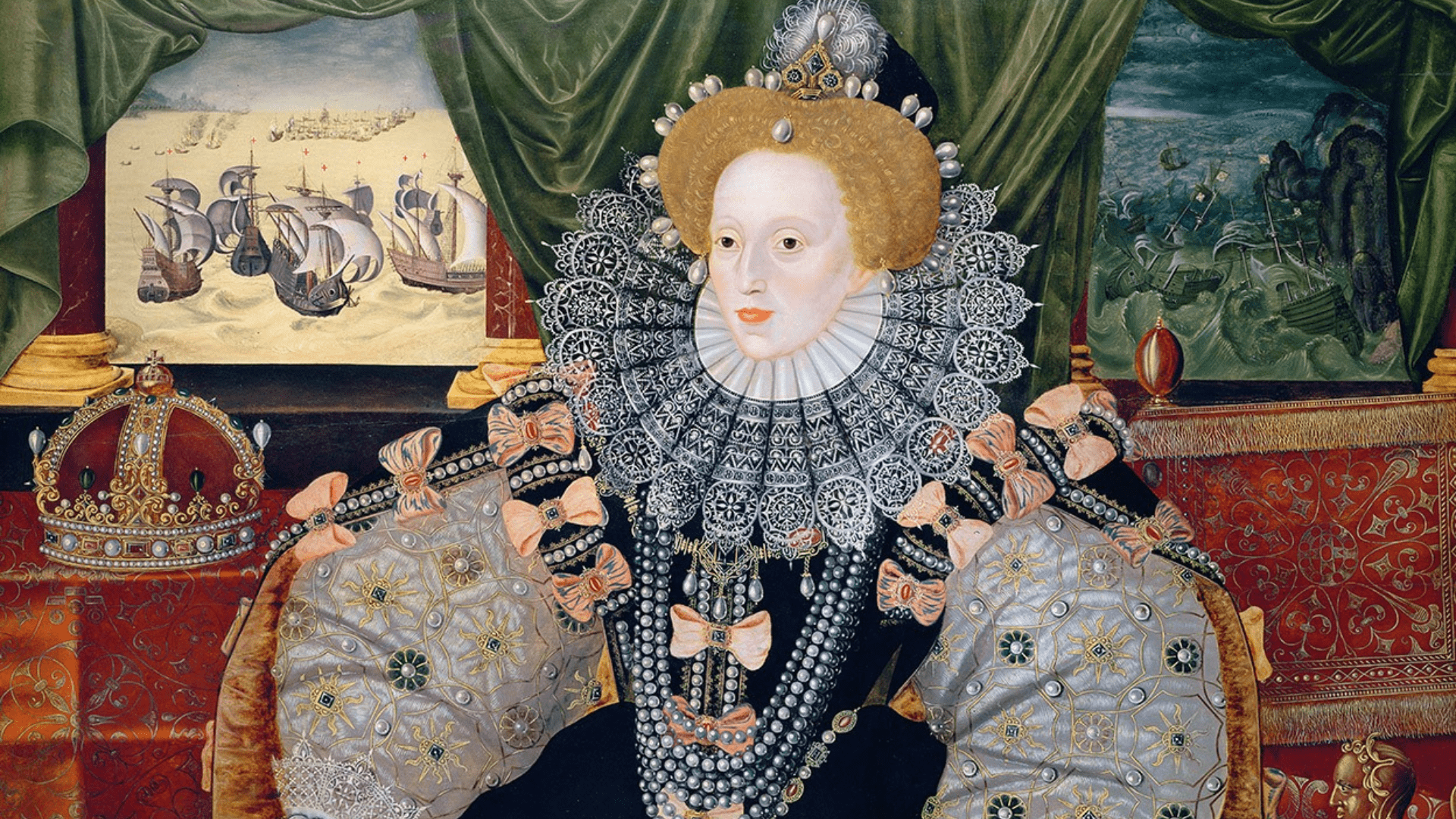
Woburn Abbey/Wikimedia Commons
Elizabeth’s reign marked a period of relative stability and prosperity in England. She skillfully navigated through religious tensions, maintaining a moderate religious settlement that aimed to reconcile Catholics and Protestants.
Famous Female Rulers of Europe: Anne Boleyn
Anne Boleyn was the second wife of King Henry VIII and became Queen of England in 1533. Although her tenure as Queen was quite short-lived, it had significant historical implications.
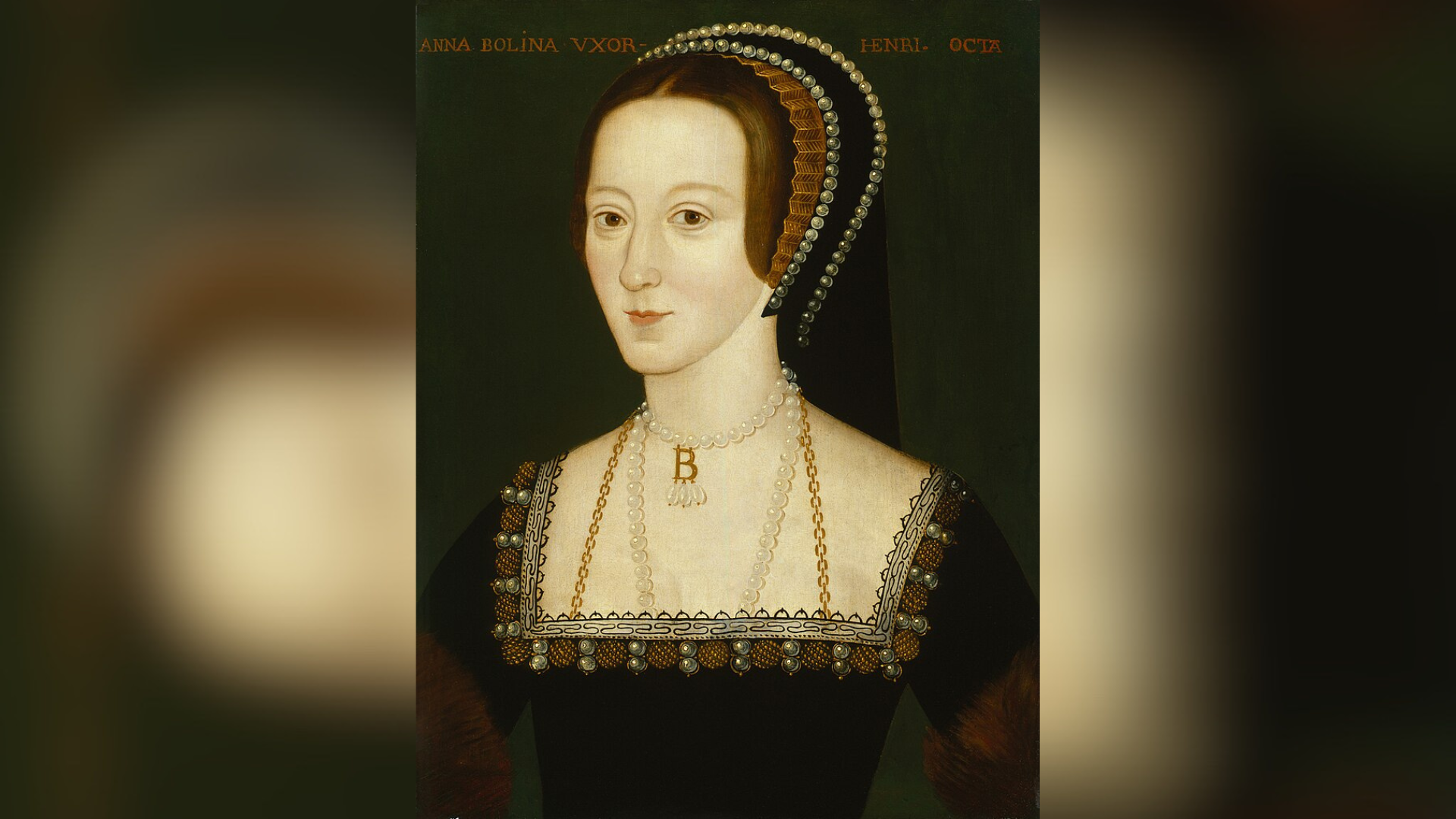
National Portrait Gallery/Wikimedia Commons
Anne was a key figure in the English Reformation. Her marriage to Henry was accompanied by the establishment of the Church of England This move had profound implications for the religious landscape in England, breaking away from the authority of the Pope in Rome. She also gave birth to Elizabeth I, who presided over a Golden Age in English history.
